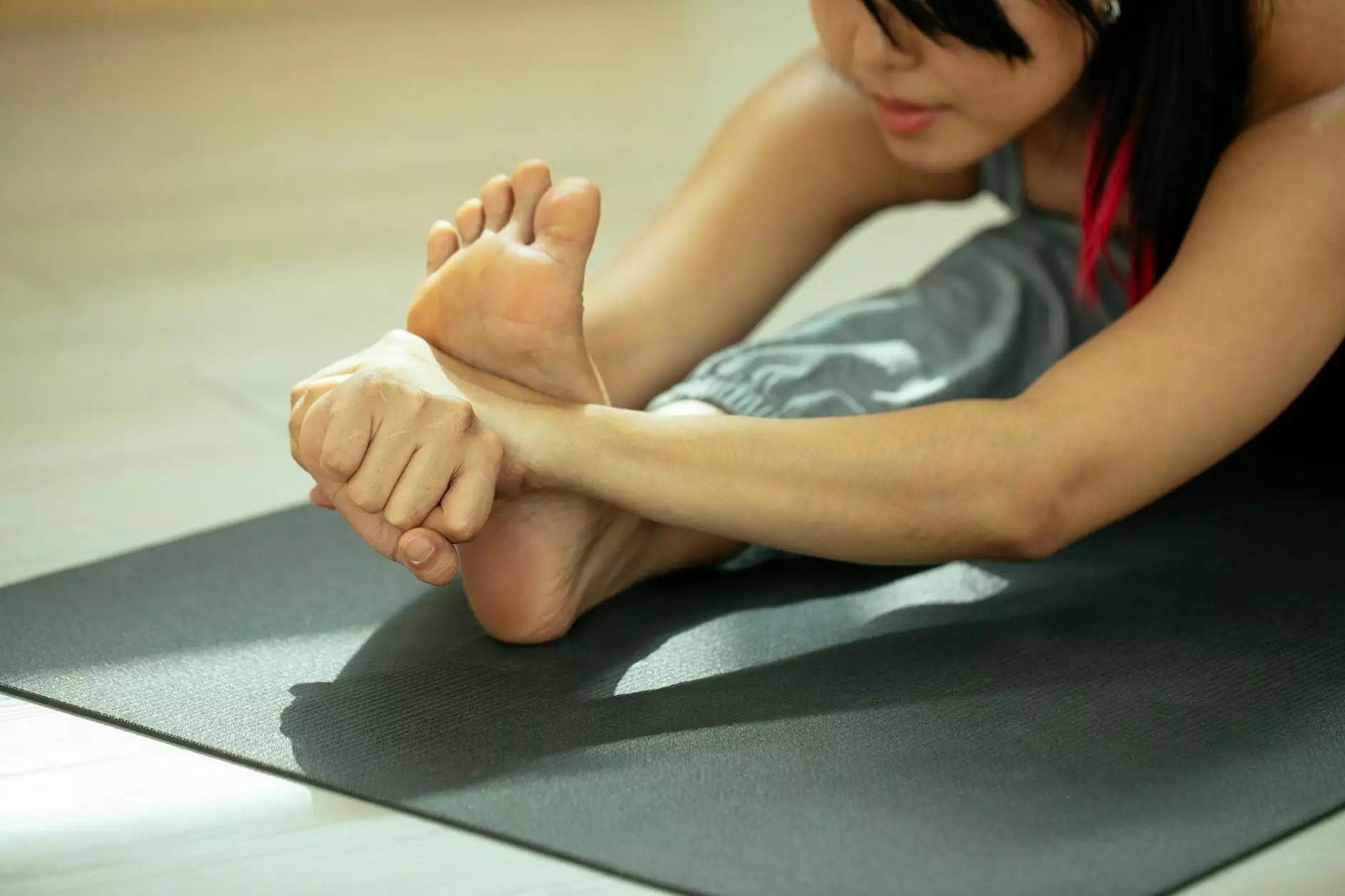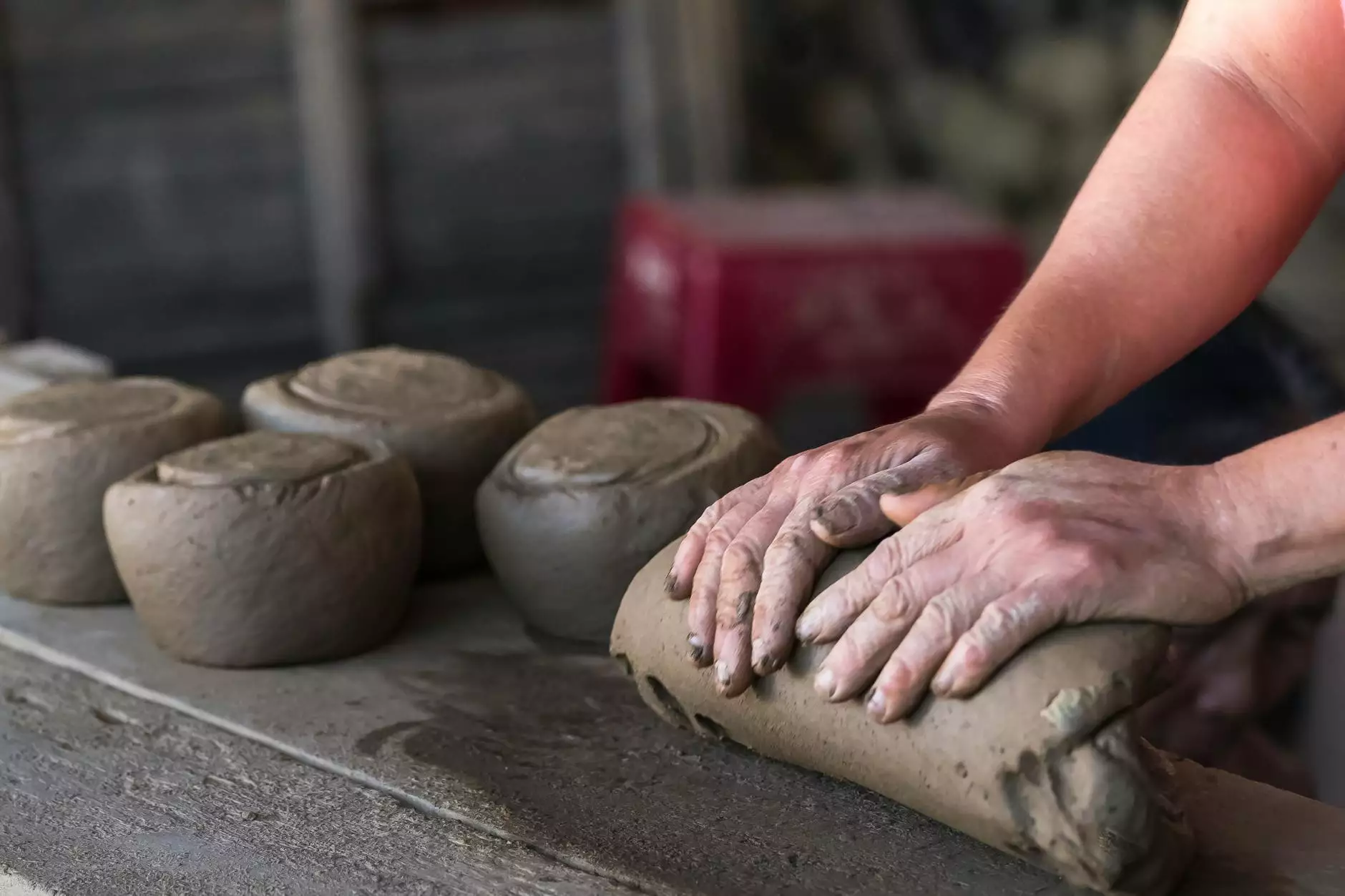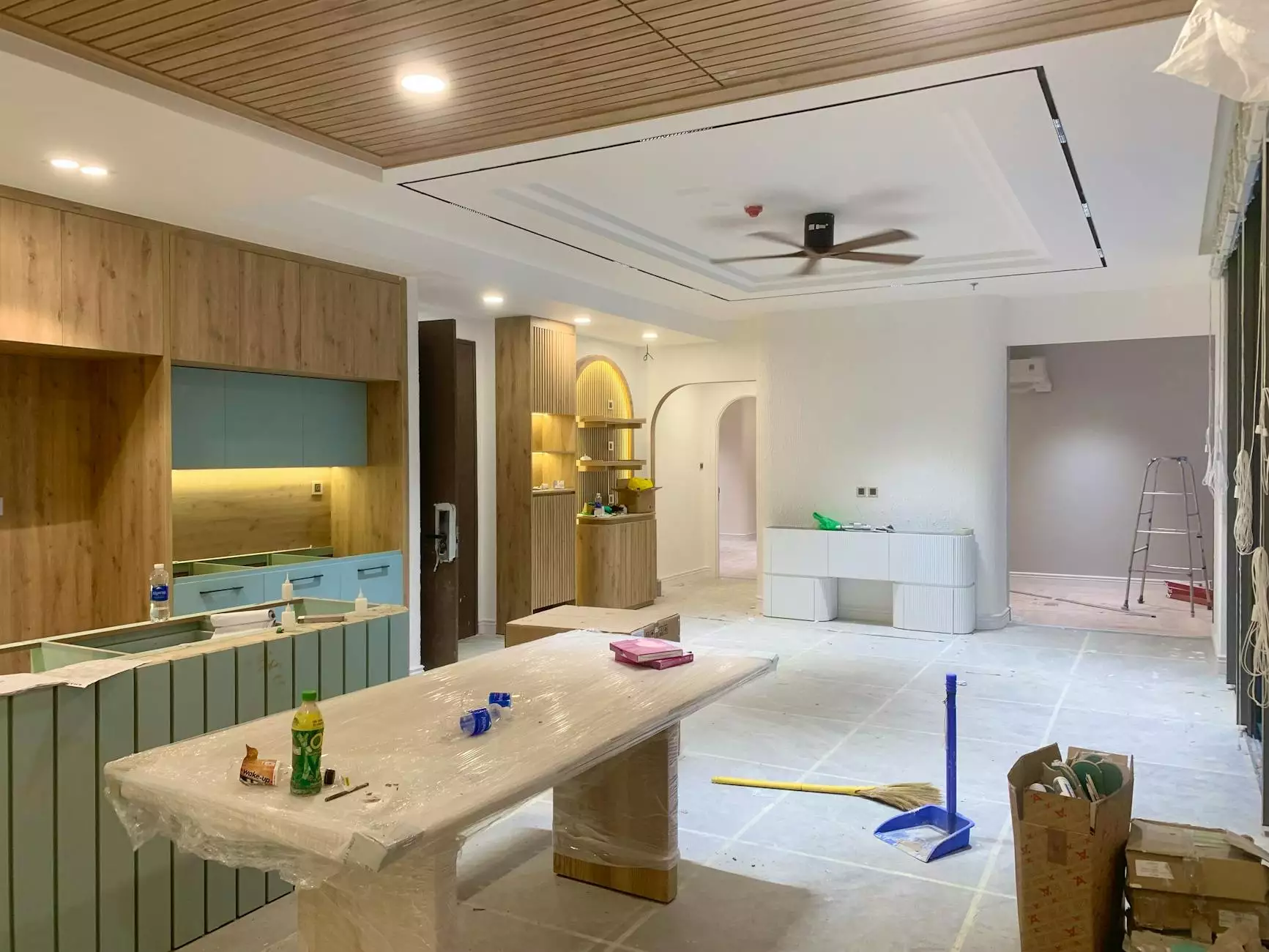Postnatal Pilates for Diastasis Recti: A Comprehensive Guide

When welcoming a new life into the world, a mother's body undergoes immense changes. One common condition that results from pregnancy and childbirth is diastasis recti. This condition occurs when the abdominal muscles stretch and separate, leading to a gap down the midline of the abdomen. Fortunately, postnatal Pilates offers a gentle yet effective way to support recovery and strengthen the core muscles. In this guide, we will explore the benefits of postnatal Pilates for diastasis recti, the principles behind Pilates, and specific exercises that can facilitate healing.
Understanding Diastasis Recti
Diastasis recti affects many women postpartum, yet it is often overlooked or misunderstood. Understanding this condition is crucial for effective recovery:
- Definition: Diastasis recti refers to the separation of the rectus abdominis muscles, which can create a noticeable bulge or gap in the abdomen.
- Causes: This separation is primarily caused by the strain of carrying a baby, hormonal changes that affect connective tissue, and the physical demands of childbirth.
- Symptoms: Common symptoms include a protruding belly, lower back pain, difficulty with movement, and challenges with pelvic floor stability.
- Diagnosis: A healthcare professional can assess diastasis recti through physical examination, often by performing a simple test that involves raising the head and shoulders.
The Importance of Postnatal Fitness
Engaging in postnatal fitness is vital for physical and mental well-being. The postpartum period can be overwhelming, and exercise plays a crucial role in recovery:
- Physical Recovery: After giving birth, the body needs to heal, and safe exercise can promote muscle repair and overall recovery.
- Mental Well-being: Exercise releases endorphins, which help in improving mood and combatting postpartum depression.
- Enhanced Core Stability: Focusing on exercises that target the core helps in restoring strength and stability, crucial for daily activities.
How Pilates Helps Diastasis Recti
Pilates is a form of exercise that emphasizes core control, flexibility, and strength. It is particularly beneficial for women with diastasis recti for several reasons:
- Core Strengthening: Pilates focuses on the deep core muscles, which play a significant role in supporting the abdomen and reducing the separation.
- Alignment and Posture: It encourages proper body alignment, which can alleviate strain on the abdominal muscles and back.
- Gentle Approach: The low-impact nature of Pilates makes it accessible and safe for postpartum women who are in the healing process.
- Breath Control: Learning to breathe correctly during exercises can facilitate the engagement of deep core muscles, further aiding recovery.
Principles of Postnatal Pilates
Not all Pilates routines are suitable for new mothers, particularly those dealing with diastasis recti. Here are key principles to follow:
- Focus on the Transverse Abdominis: Engage the transverse abdominis, the deepest layer of the abdominal muscles, to support the closure of the diastasis.
- Pelvic Floor Awareness: Incorporate pelvic floor exercises to enhance stability and support during movements.
- Modify Exercises: Adopt modifications that are safe for those with abdominal separation, avoiding traditional crunches or sit-ups.
- Gradual Progression: Start with low-intensity exercises and gradually increase the difficulty as your body strengthens.
Essential Postnatal Pilates Exercises for Diastasis Recti
Below are some effective postnatal Pilates exercises designed specifically to address diastasis recti:
1. Breathing and Abdominal Engagement
Begin by lying on your back with your knees bent and feet flat on the floor. Place one hand on your chest and the other on your abdomen. Inhale deeply through your nose, allowing your ribs to expand. Exhale slowly and draw your belly button towards your spine, engaging your core muscles.
2. Pelvic Tilts
While still lying on your back, perform gentle pelvic tilts by arching and flattening your lower back against the mat. This movement helps in mobilizing the spine and engaging the core without straining the abdomen.
3. Modified Bridge
With the same starting position, lift your hips off the ground while squeezing your glutes. Hold the bridge position for a few seconds, then lower back down. This exercise strengthens the glutes and hamstrings while supporting the core.
4. Cat-Cow Stretch
On hands and knees, alternate between arching your back (cat) and dropping your belly (cow). This movement increases flexibility in the spine and promotes abdominal engagement.
5. Side-Lying Leg Lifts
Lie on your side with your legs stacked. Lift your top leg while keeping your hips stable. This exercise targets the obliques and hip muscles without putting strain on the abdomen.
6. Wall Sit
Stand with your back against a wall and slide down as if sitting in a chair. This isometric hold strengthens the legs and engages the core without requiring dynamic movement that could stress the midline.
7. Clamshells
Lie on your side with your knees bent. Keeping your feet together, lift your top knee while keeping your pelvis stable. This exercise targets the gluteus medius and improves pelvic stability.
Creating a Consistent Postnatal Pilates Routine
Establishing a consistent routine is essential for effective recovery. Here are tips on creating a postnatal Pilates schedule:
- Start Slowly: Aim for 10-15 minute sessions initially, focusing on quality movements.
- Frequency: Aim to practice 2-3 times a week for optimal results.
- Listen to Your Body: Progress at your own pace and pay attention to how your body feels during and after exercises.
- Consult Professionals: Consider participating in a postnatal Pilates class with a certified instructor who can guide you in proper technique and modifications.
Conclusion
Postnatal Pilates is a valuable tool for women experiencing diastasis recti, offering a pathway to recovery through gentle, focused exercises that nurture the body. By understanding the principles of Pilates and engaging in targeted exercises, mothers can effectively rebuild their core strength, enhance their wellness, and improve their quality of life postpartum.
Embracing the journey of motherhood also means recognizing the importance of self-care. Pilates not only aids physical recovery but also fosters a sense of empowerment and well-being. Begin your journey today with postnatal Pilates for diastasis recti, and enjoy the myriad benefits it has to offer.
postnatal pilates diastasis recti



